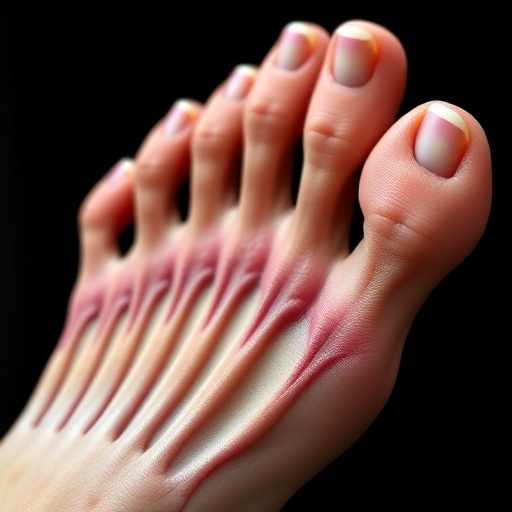Credit: Credit: Joe Ryding
Wild deer in Britain should be hunted for venison to drastically reduce their populations and support the re-emergence of our native woodland birds, according to an academic at The University of Nottingham.
The comments follow the publication of a new study in the Journal of Applied Ecology which suggests that huge deer populations in England are damaging the important natural habitat which many ground-nesting woodland birds require.
Dr Markus Eichhorn in the University's School of Life Sciences, an expert in ecology, said: "Deer populations are at extraordinarily high levels due to a combination of factors including the absence of large predators, a decline in hunting and the autumn sowing of crops that produce winter food for foraging animals.
"It is clear from our research that if we want to encourage more woodland birds then we need to take action to restore the woodland structures they require but in many areas it will need a drastic reduction in deer to have any real impact.
"We should not think of it in terms of a cull. We already eat venison in Britain but a large proportion of that is farmed meat. If wild-caught deer appeared on our menus or in the local butchers it would encourage people to eat venison as readily as beef or lamb and would help conservation in our woodland areas."
The experts at Nottingham were commissioned the Government department Defra in 2008 following a call for consortia which could study the causes behind the decline of woodland birds such as the nightingale, marsh tit, willow tit and lesser spotted woodpecker in the UK.
Working with the British Trust for Ornithology (BTO), Dr Eichhorn set out to establish the implications for our woodlands of the large the deer population, which includes both the indigenous species of Roe and Red deer, as well as later invasive species such as the Fallow deer which was introduced by the Normans and Reeves' muntjac, Chinese water deer and sika deer which arrived on our shores in the late 19th and early 20th centuries.
Working with colleague Dr Martin Smith in the University's Faculty of Engineering, and using newly-developed laser technology, the study produced 3D images of of 40 woodland areas in England allowing a detailed analysis of whole forest structures from the ground to the treetops.
The results revealed enabled them to quantify the impact that deer are having on woodland habitats. In areas of dense deer populations, there was 68 per cent less foliage up to two metres above ground – the maximum height which deer can reach to feed – when compared to other areas where none or just a few deer were living.
Interestingly, the 3D imaging also allowed them to look up into the forest canopy which revealed an unexpected discovery. In areas of high deer populations, trees were on average 5 metres taller in height, a finding which has left the researchers puzzled and which calls for further study to investigate the potential link.
Dr Eichhorn said: "Where the technology becomes cool is that it allows us to see differences extending up through the whole forest structure into the canopy. While we expected to see a link between deer population and reduced vegetation in the forest understorey, finding differences even at the treetops was totally unexpected and something for which, right now, we don't have an explanation."
He added: "This strong effect of the deer population demonstrates that we are not going to solve the problem by forestry management alone, which we found to have relatively minor effects on woodland structures. We still need to do more work to determine what levels of deer density are required to restore complex forest understorey habitats, and the best ways to maintain these in the long term.
"There is no such thing as natural woodland in the UK. They are managed and shaped by human activity and if we want more woodland birds in our forest then we need to take action to achieve that aim. Anything which has a benefit for one species is likely to come at the cost of another."
###
The paper Effects of Deer on Woodland Structure Revealed Through Terrestrial Laser Scanning is published in the Journal of Applied Ecology (link will become live after embargo lifts).
A video showing the 3D structure of a forest using laser scanning technology has been produced by the academics involved in the research. Credit: Joe Ryding.
Media Contact
Emma Thorne
[email protected]
44-011-595-15793
@UoNPressOffice
http://www.nottingham.ac.uk
############
Story Source: Materials provided by Scienmag




